Selecting a spray gun for wood finishing
Applying a finish to wood is the final step in many wood shops work. It is also one of the first things a customer notices and can say a lot about the quality of the product you produce. Aqua Coat found this interesting article from Woodworking Network. It talks about the differences between HVLP and LVLP and determining the right spray gun for your needs.
What is HVLP spraying?
HVLP is an acronym for high volume low pressure, which means a high volume of air at a low air pressure. To meet HVLP compliance, the air pressure measured at the air cap must be between 0.1-10 PSI maximum or the application proven to be at least 65 percent transfer efficient. These requirements reduce overspray pollution and minimize material waste compared to a conventional airspray gun.
Atomization is achieved by the volume of air not by high air pressure, which reduces the forward velocity thus creating a softer spray. The softer spray allows more material to stick to the part and not bounce off into the atmosphere, reducing air pollution and material waste. To achieve this, HVLP guns use larger air passages and air caps with multiple or larger atomizing orifices around the fluid nozzle.
HVLP has a reputation for being one of the most efficient types of airspray guns. Less paint wasted in the process means money saved on paint consumption. Less waste also means a cleaner environment and time saved in the cleanup of the booth and surrounding areas. Longer booth filter life reduces the amount of toxic waste disposal cost. HVLP guns typically can spray just about any coating in the wood, metal, and plastic markets.
What is LVLP spraying?
LVLP is an acronym for low volume low pressure, which means that it uses less air volume (5-18 CFM) than HVLP (10-25 CFM) and lower air pressure (10-30 PSI) than a typical conventional airspray gun (35-60 PSI). In fact, LVLP guns are a combination of conventional airspray and HVLP airspray.
LVLP guns have large air passages like HVLP guns but the air caps have slightly smaller holes. The smaller holes create more air pressure at the air cap which can create better atomization. LVLP guns are not limited to 10 PSI at the air cap but can still be compliant by delivering 65 percent or better transfer efficiency depending on the application.
LVLP spray gun technology can atomize difficult coatings, higher viscosities, waterborne and higher flow rates better than HVLP guns. The LVLP guns also apply coatings faster, making them suitable for large objects and high-production applications.
Comparing the two
HVLP is compliant with 10 PSI at the air cap and is said to offer the best transfer efficiency. HVLP guns also use more CFM and require users to size their air compressors accordingly.
On the other hand, LVLP typically atomizes better, sprays faster and lays down a better finish while using less CFM but higher air pressure.
A look at tip sizes
There are two main factors to consider when determining the size tip for the best results. First, examine the coating that will be sprayed. Heavier coatings will require a larger orifice size than lighter ones.
Secondly, consider the project surface area. This determines the appropriate fan width that the sprayer will produce, that is, the shape in which the product will leave the gun nozzle. The type of spray gun (airspray or airless) will also play a role in the fan width and shape.
Here are some common sizes:
- 0.8: Fine mist, good for painting films or screens
- 1.2: Fine finishes, clear coats and stains (for wood applications)
- 1.4: Clear coats, base coat or one coat paint options
- 1.6: Generally good for most paints, general-purpose medium viscosity coatings and lacquers. (Be warned: not ideal for light coatings as there is a risk of orange peel.)
- 1.8: Primers quickly applied
- 2.2-2.5: Resins, gel coats, thick paints.
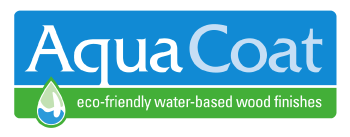

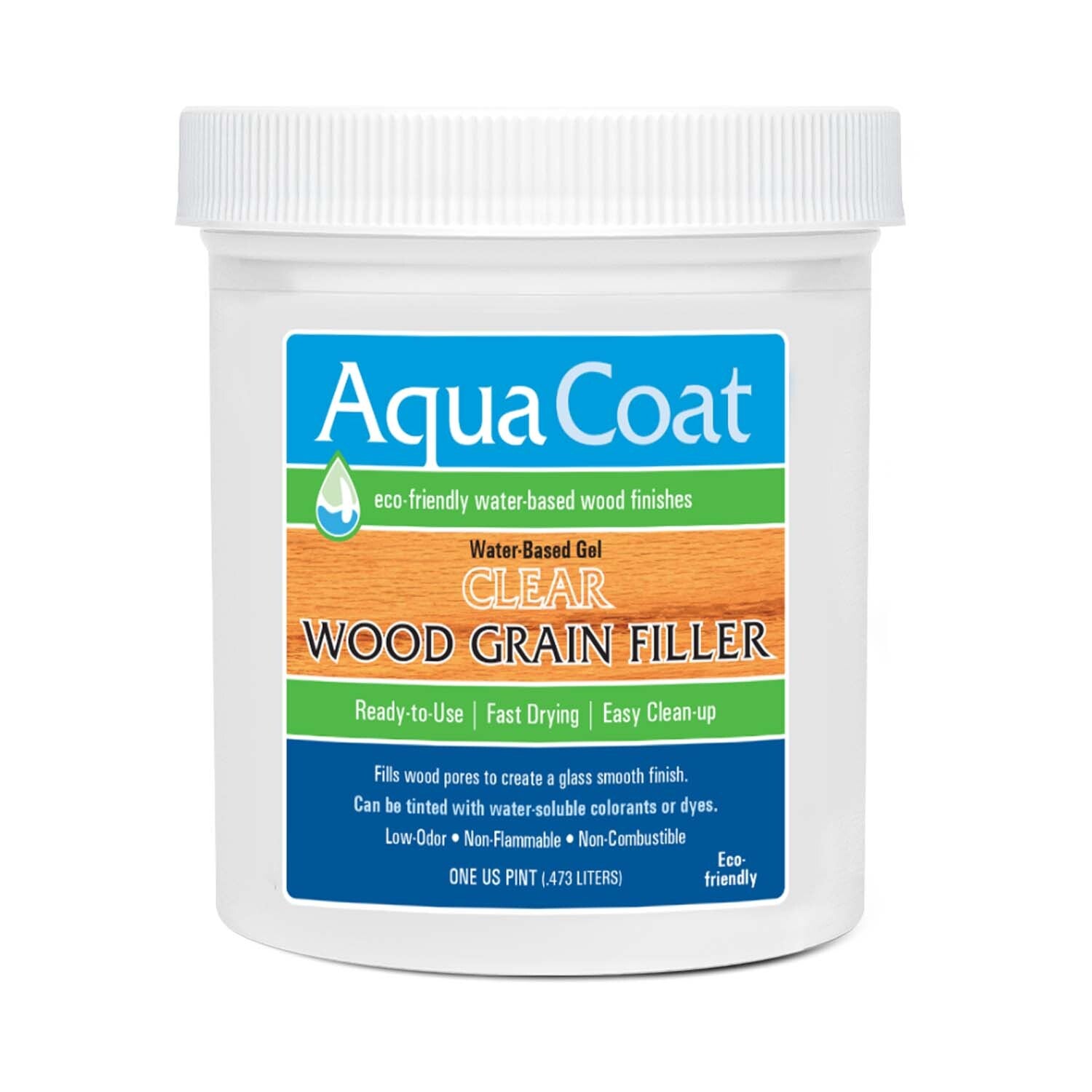
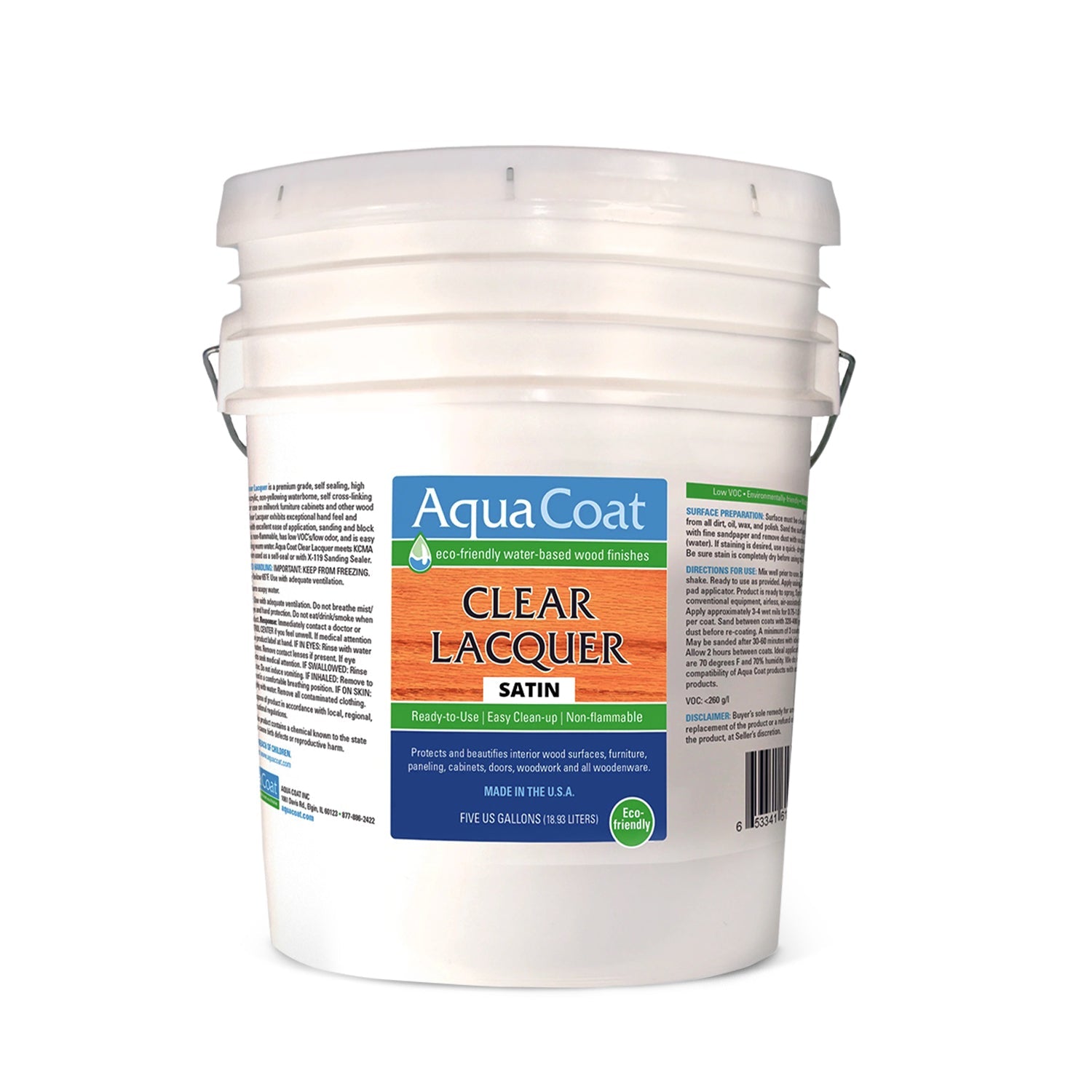
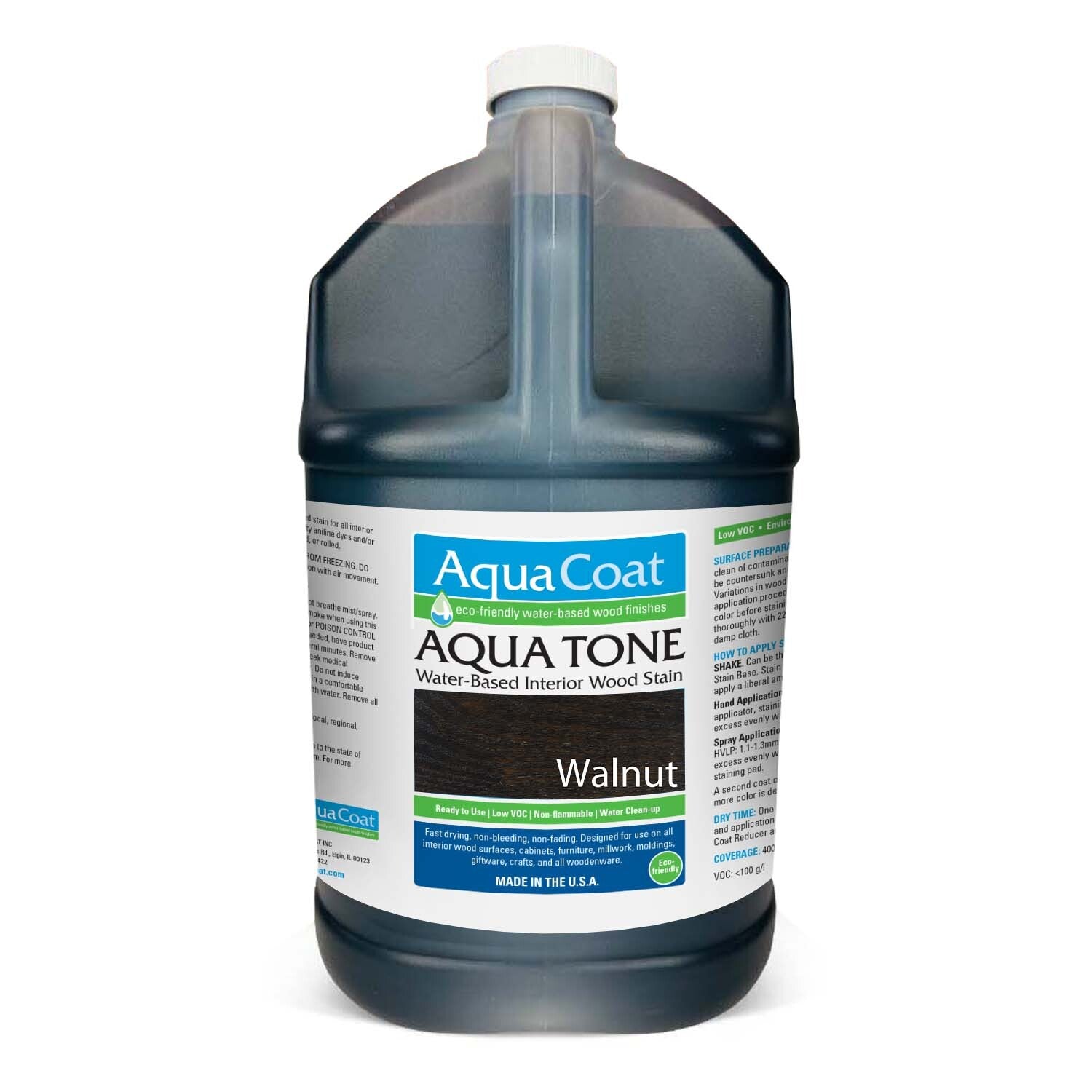
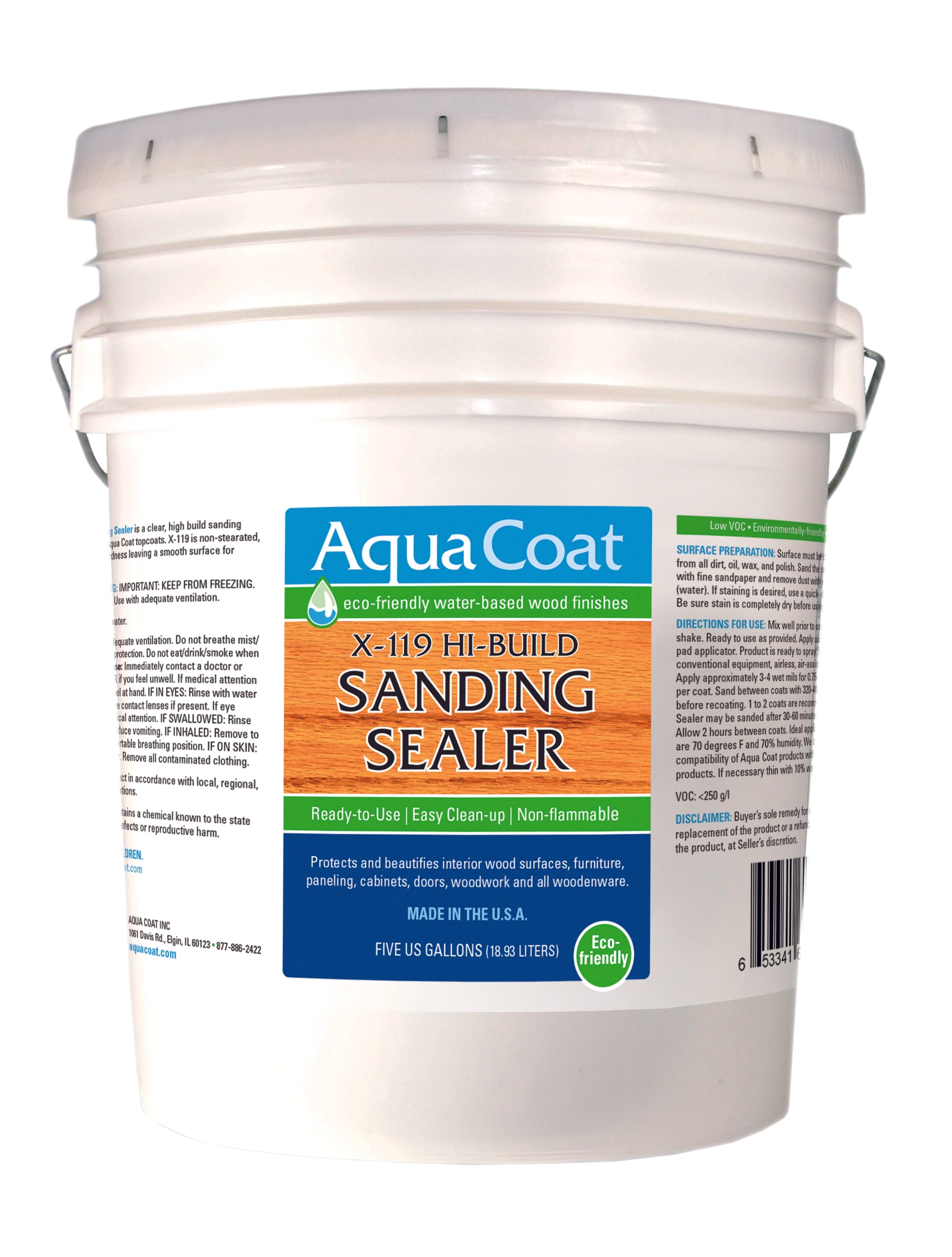



Leave a comment